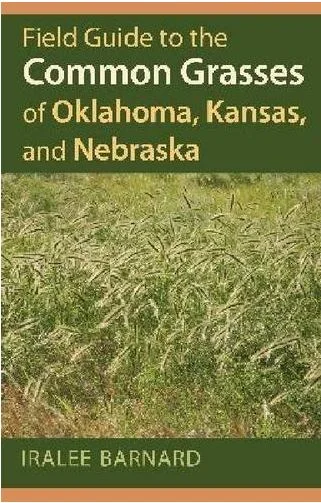HOW TO KNOW YOUR GRASS FROM A HOLE IN THE GROUND
I overheard someone stating that their boss didn’t know their ***** from a hole in the ground. That got me thinking (DANGER! DANGER!) about grasses and holes in the ground. Let’s eliminate the super easy one. A "hole in the ground" is the absence of dirt or other material from the surface you are standing, walking, dancing, sitting… upon. “Grass” refers to a member of the Poaceae family characterized (mostly) by round, hollow stems with leaves attached at joints called “nodes”. Some notable examples of grasses include: your lawn, rice, wheat, oats, corn, sugar cane, and barley just to name a few favorites. Grasses have been VERY successful and at least one variety can be found on every continent. Grasses are successful because they can withstand fire, grazing, droughts, and wind. Grasses survive fire and grazing because their point of growth is located near the base of the leaf. So, they can just regrow from there. Many other plants have the point of growth (meristematic tissue) near their tips. Nip the tip from many plants and their future growth (on that stem at least) is limited. When a drought hits, the grass can curl up its leaves to reduce water loss. The last thing to note about grass is that they are wind lovers. They don’t rely upon insects or other animals to carry their pollen. Instead they just release massive amounts of pollen into the wind and hope for the best. Since they rely upon the wind for pollination, they don’t need showy flowers, smells, nectar or other forms of bribery designed to sucker pollinators into doing their bidding. That is probably why we overlook them. If you really want to know your grass from a hole in the ground check out the book “Field Guide to the Common Grasses of Oklahoma, Kansas, and Nebraska” by Iralee Barnard. It is lovely.


